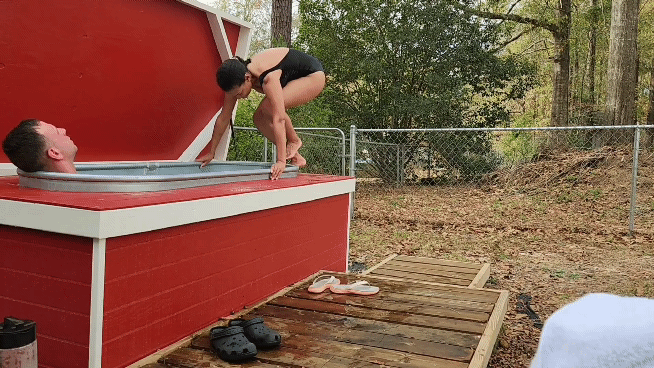




John Suavecito wrote:Yes, I'm half Norwegian and they're always trying to get us to pay $40 for a dinner of lutefisk. Cod fish soaked in lye. "It's a delicacy". No thanks. I like fresh herring and salmon, but fermented? I'll pass. The fermenting and soaking in lye was necessary at one time to have enough food to avoid starvation. And the fresh stuff doesn't cost $40.
John S
PDX OR

John Suavecito wrote:The passage I read sounded like the person couldn't get himself to eat the undigested caribou stomach contents. Of course, he had more choices than people in the past.
I liked how Weston Price explained that after getting to know some indigenous people, they showed him one of their secrets. They removed a small organ from the back of one of the animals and it was crucial for their nutrition. How many people today know about that? What have we lost by mistreating and disrespecting the people who knew how to live well in these places?
John S
PDX OR

John Suavecito wrote:Many of the Arctic peoples had to eat partially digested Caribou food, extracted from their stomachs, or they couldn't get enough vitamin C, which is required by humans.
That wouldn't be an abundance of plant materials.

John Suavecito wrote:There are small amounts of fruits and vegetables that can be preserved. When they are covered by feet of snow, it's tougher. But most people in more temperate areas wouldn't consider partially digested caribou food removed from their stomachs to be vegetables. The point is, it's way tougher to eat an optimal mix of fruits and vegetables in the Arctic.
John S
PDX OR

John Suavecito wrote:For some people in Arctic areas, they have little choice. Many of them got really good omega 3's, fresh air, no toxins, good exercise, and community connections, which is excellent, but not the whole picture. It might be the best diet if you live there, but hardly any of us live in the Arctic Circle. There are no vegetables or fruits available for most of the year.
John S
PDX OR

Brody Ekberg wrote:That ice bath would be a lot warmer than the -20 degree air!

Roberto pokachinni wrote:I am planning to take the mid sized chest freezer to my property for the same use as demonstrated by Christine C.
